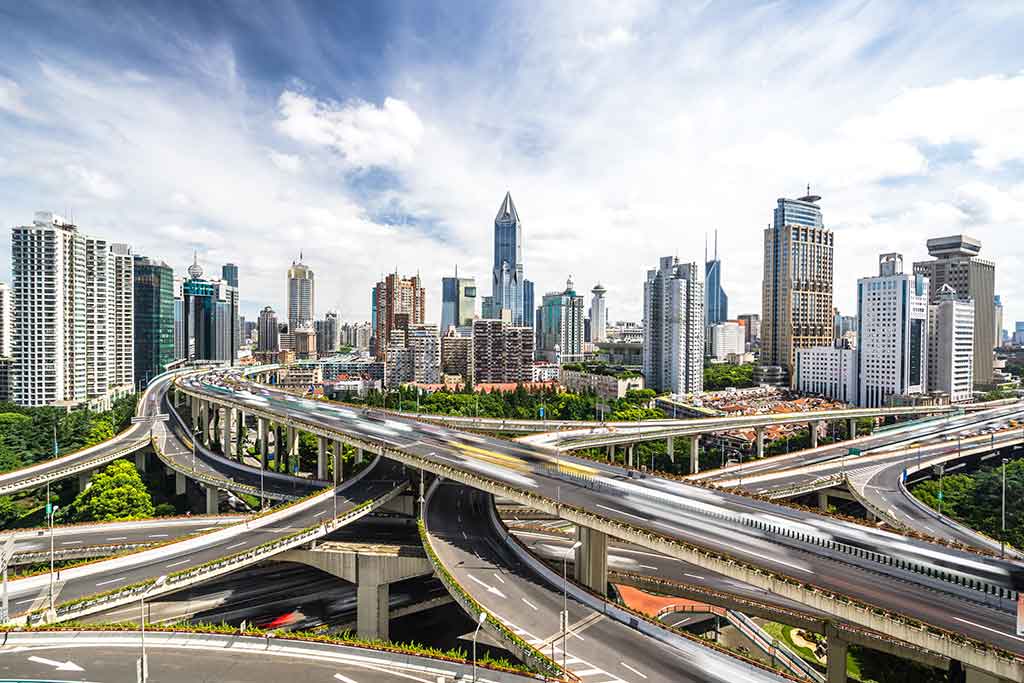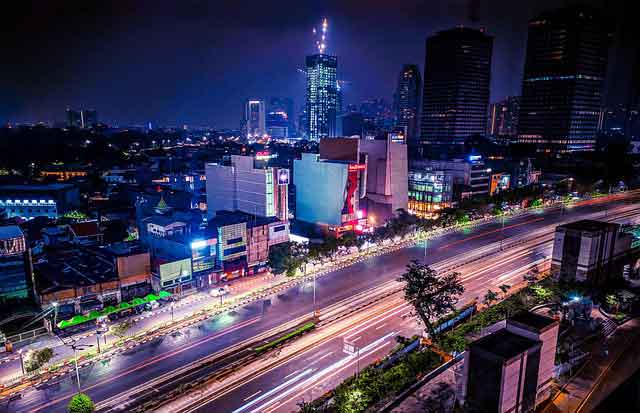In the July of 2021, China experienced one of the deadliest rainfalls in history. This caused heavy flooding in major parts of China. Many people were stranded, and some were trapped inside subways without fresh air to breathe.
Zhengzhou experienced a year’s worth of rainfall in just 3 days. The media expressed that rainfall of this impact was never seen in a thousand years.
Since 2008, twice the number of Chinese cities were affected by floods. While extreme droughts have also become a critical problem since the late 1990s.
Compared to Europe, Asian cities are more likely to receive sudden monsoon rainfall. Usually, the wet season in East Asia runs from June to August. But now monsoon rains are becoming extreme and destructive. Many experts believe the combined effects of global warming and urbanization are to be blamed.
Flooding and water shortages are said to be intensified by climate change effects. Bangladesh, Vietnam, Indonesia, India, and China are some countries where large populations are vulnerable to heavy flood damages.
Climate Change and Urbanization on Flooding
Scientists from United Nations have warned that China’s economic growth will be greatly affected by flooding and droughts than previously thought. Millions of people will be impacted if global temperature rise is not limited to 1.5oC by 2050. Every 1oC rise in global warming is expected to intensify rainfall by 7%.
Read More: 10 Effects of Climate Change on Environment
Other main causes of water problems in the cities are the destruction of wetlands. Since 1700, about 87% of wetlands have disappeared, with several of them due to rapid urbanization.
China’s water problems have two extreme events of flooding and droughts. This seems like a serious water management issue. This is mainly from china’s infrastructural growth which has rapidly expanded in the past few decades. Concrete structures decrease the absorption of rainwater on the surface.

Since 1700, about 87% of wetlands have disappeared, due to rapid urbanization in the world.
Sponge City Concept
But China is already making efforts to mitigate this problem by bringing back nature into the cities through ‘Sponge City’ concept. Large-scale development is going on in several regions of China.
The Sponge City programme began in 2015. This urban planning concept made nature a flood mitigation system instead of building dams and floodwalls. This was 3 years after major flooding in Beijing in 2012 that killed about 79 people. The floods were caused mainly because of infrastructure development and failure in the drainage system.
This made the Chinese government recognize the need for better water management systems. So, China introduced sponge city concept that focuses on green infrastructures, like wetland areas, rooftop plants and rain gardens. This environmental design will hold, clean, and drain water in a natural way.
This concept was developed by Landscape architect Kongjian Yu. He is the founder of the architectural firm Turenscape. He blended the modern water management system with ancient Chinese agricultural wisdom.
Modern solutions speed up the draining of water after the flood. However, sponge city method allows to slow down the drainage so water will not be destructive. By slowing water, it will also help natural habitats and biodiversity.
This nature-based solution focuses on reducing both flooding and droughts. It’s an ecological alternative to modern construction. The design claims to collect excess water during the monsoon season and release it during the dry season. It will regulate water throughout the year.
The Chinese National Government is developing “Sponge City” concept and providing funds for the development. Initially, the project started with 16 cities and now has spread across 30 cities in China.
As the development is a nature-based solution to flooding, open green spaces is the main feature of Sponge city planning. Green spaces are integrated with rivers, lakes, ponds, and wetlands.
The landscape architects created artificial wetlands, parks, and roadside planting in major parts of the city. This will capture rainfall, store, recycle and use water in a more efficient way.
Yanweizhou Park : Sponge City Case Study
A 26-hectare Yanweizhou Park is a wetland park located at a point where 3 rivers of 100m wide meet. The place previously had a concrete flood wall. The sponge city project focused on removing the flood wall and building a natural flood-resilient infrastructure. Now the walls are replaced with terrace gardens that are both attractive and functional by absorbing rainwater. The existing landscape was preserved as a part of the development.
And due to the presence of three rivers, the area’s connectivity to the Opera house and landscape feature was missing. So, the project intended to bring connectivity through bridges and pathways. The bridge is made of a steel structure with fiberglass handrails and bamboo paving.
The Park has vegetated areas, curvilinear paths, a serpentine bridge, circular bio-swales, and curved benches. This Park not only offers a flood-resilient infrastructure but also creates a recreational space around the city’s opera house.
Permeable design is important in sponge city planning to increase water absorption on roads. This means making grey covered surfaces as permeable as possible to allow water to pass through small openings. This limits stormwater water run-off and restores surface water.
The surface area of this wetland park is fully permeable. Gravel was recovered from the site and recycled to create pedestrian paths. It also integrates with permeable concrete to create patterns. Sideways and driveways are made permeable in sponge city planning.
Sponge City : Sustainable Urban Water Management
The sponge city planning also helps coastal city that deals with long-term risks from sea-level rise.
Many places have water penetrating bricks that replace solid pavements to decrease water pooling on roads during heavy rain. Parking lots near residential areas contain water-permeable bricks and grass in the centre. Green roofs are also part of the planning to increase rainwater absorption.
To enhance the transfer and discharge of stored water, a smart management system such as the Internet of Things, big-data analysis and cloud-computing technologies has been developed.
The control system can track the amount of rainfall rapidly and avoid pooling.
The central government plans to achieve 80 per cent of Chinese cities with modern sewerage systems for efficient rainwater absorption. This includes retrofitting and including the concept in new cities of China.
Other countries like India, Russia and United States are looking at sponge city concept as a potential solution for flooding and water scarcity.

